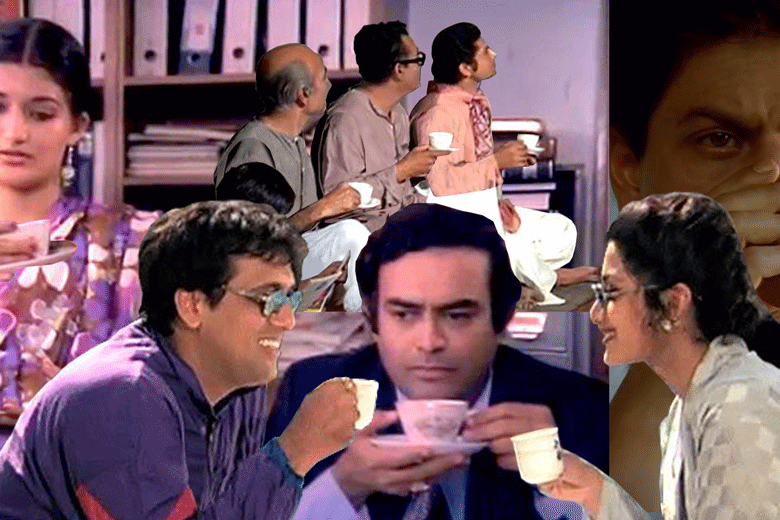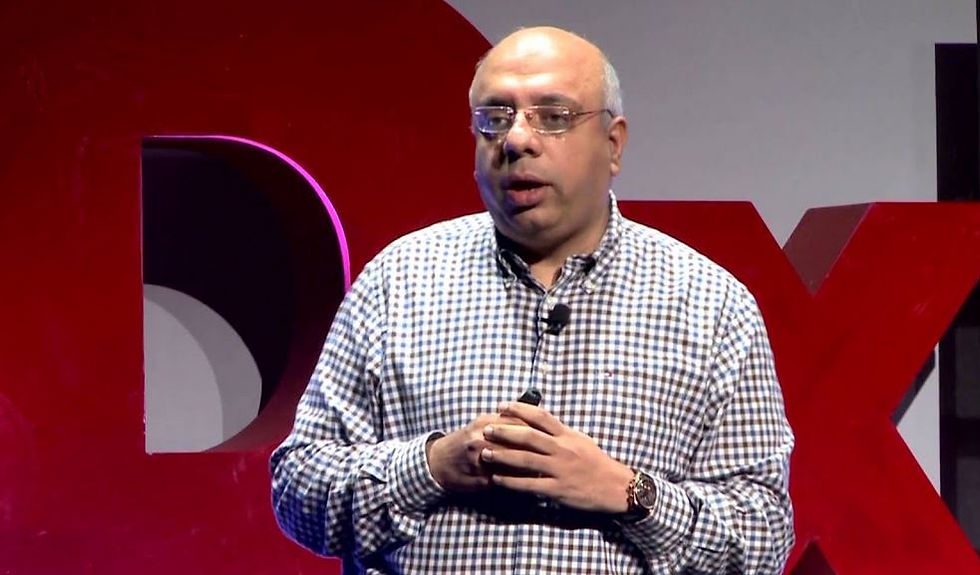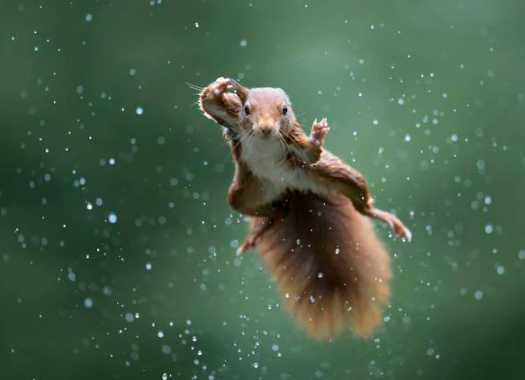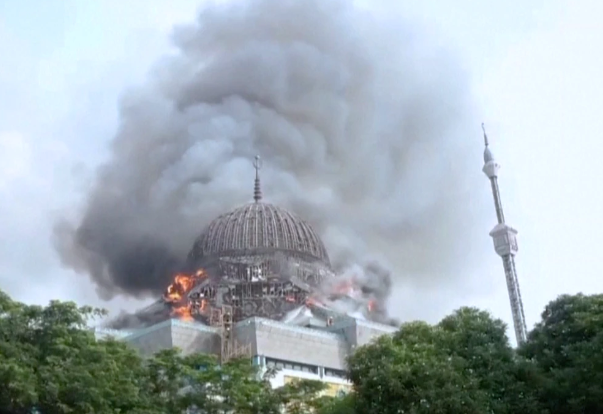How Mild British Tea Became Masala Chai, the Spiced Soul of India
- zarasushmaa
- Jun 30, 2022
- 2 min read

At the time whenMadonna’s “Like a Virgin” started steadily pumping out of American radios in the 1980s, Lata Mangeshkar’s“Shayad Meri Shaadi Ka Khayal” was all the rage in India. It’s a syrupy song about a girl telling her boyfriend that her mother thinks she should get married, and that’s why he is invited for tea. Since then, “Chai pe bulaya hai” has become a popular phrase to suggest an arranged marriage meeting for a couple, in a country where 90 percent of marriages are organized by families. Both on- and off-screen, a cup of masala chai is what a potential groom is served when he meets a potential bride for the first time under the surveillance of their families.
This love for chai in Bollywood trickles right through the ’90s with another hit number, “Ek Garam Chai Ki Piyali Ho, Koi Usko Pilane Wali Ho,” meaning “I just want a hot cup of tea and someone to make it for me.” The song has over 5.9 million views on YouTube alone. This is to say that, for most Indians, patriarchal undertones aside, love is chai, and chai is love.
But in contrast to our emotional attachment to the drink, chai is not indigenously Indian. It didn’t become widely popular until long after coffee landed in India from Yemen around the 16th century. Today, India is the second-largest producer of tea in the world, with over 900,000 tons grown annually. “It is a relatively new flavor for the vast majority of Indians,” says Krish Ashok, author of Masala Lab: The Science of Indian Cooking. Ashok is a Chennai-based food writer with a unique way of looking at Indian cuisine through the lens of science and history.



Comments